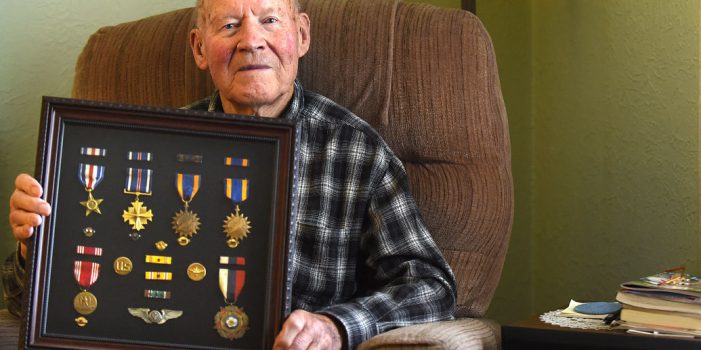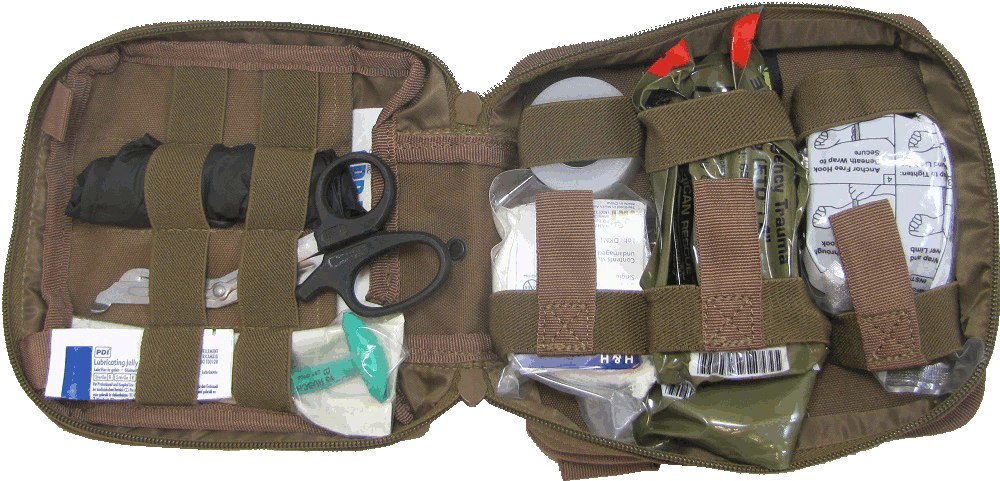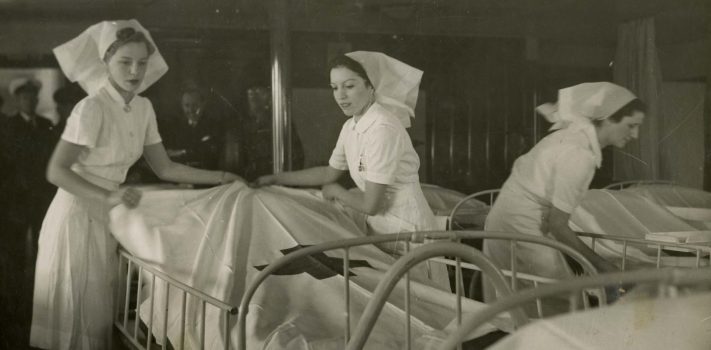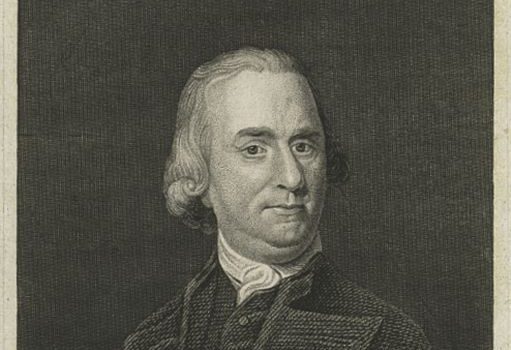Preparedness Notes for Wednesday — July 31, 2019
July 31st, 1921, was the birthday of Army Air Corps veteran David Thatcher, one of the Doolittle Raiders. Thatcher was the tail gunner in the rear of the Mitchell B-25 medium bomber christened the Ruptured Duck, the seventh of 16 planes. Returning from the raid, the bomber crashed into the sea from low fuel and the crewmen survived, in no small part to Thatcher’s heroic efforts. The five airmen washed ashore and were given aid by Chinese fishermen who found them. Thatcher bound their wounds and being the only crewman able to walk, joined with armed guerrillas to carry the …




